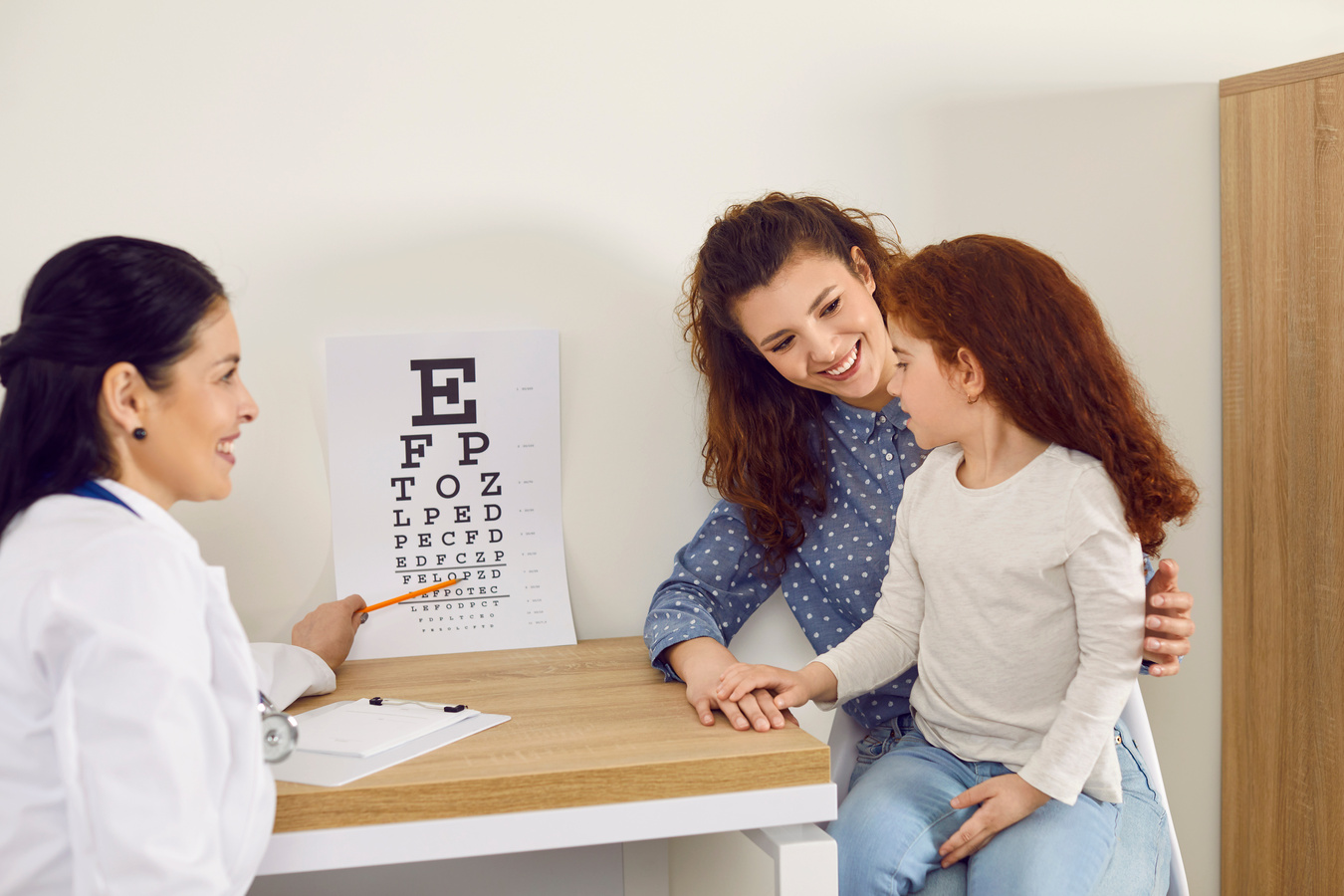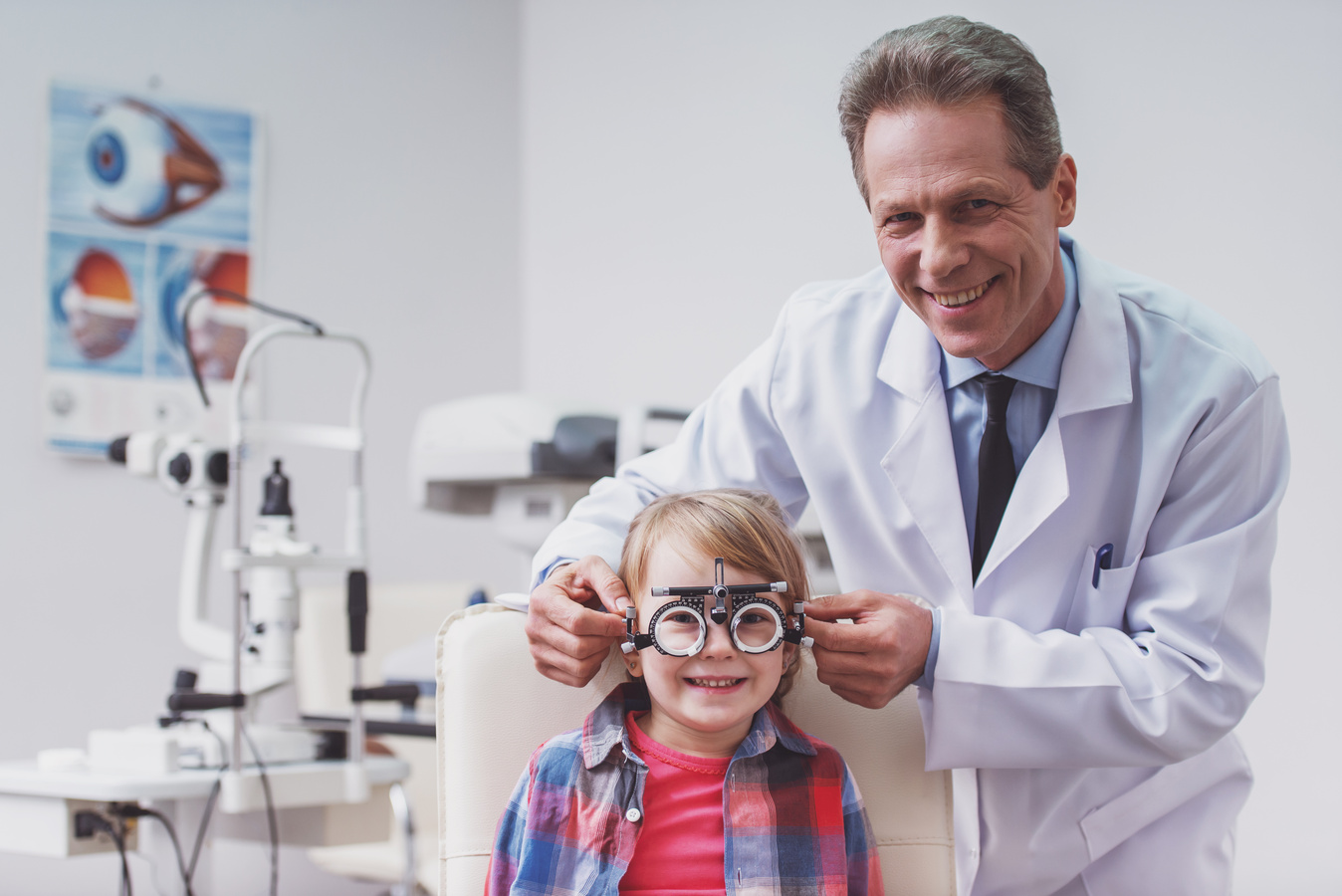
A Closer Look at Cataracts & Glaucoma
Our eyes are not only the windows to the world but also complex structures that can be susceptible to various conditions as we age. Two such conditions that often affect older individuals are cataracts and glaucoma. These eye conditions can impact vision significantly, but with early detection and proper management, their effects can be minimized. Let’s take a closer look at cataracts and glaucoma, their causes, symptoms, and potential treatments.
Understanding Cataracts
- What are Cataracts?
A cataract is a clouding of the eye’s natural lens, which lies behind the iris and pupil. This clouding occurs due to the buildup of protein in the lens, causing it to become opaque. Cataracts can develop gradually over time, leading to blurred vision and decreased visual clarity.
- Causes and Risk Factors
Cataracts are primarily a result of the natural aging process, but they can also be caused by factors such as:
– UV Radiation: Prolonged exposure to ultraviolet (UV) rays from the sun can increase the risk of cataract development.
– Smoking: Smoking has been linked to an increased risk of cataracts.
– Diabetes: Individuals with diabetes are at a higher risk of developing cataracts.
– Certain Medications: Long-term use of certain medications, such as corticosteroids, can contribute to cataract formation.
- Symptoms and Diagnosis
Common symptoms of cataracts include:
– Blurred or cloudy vision
– Increased sensitivity to glare
– Difficulty seeing at night
– Seeing halos around lights
– Fading of colors
A comprehensive eye examination by an ophthalmologist can confirm the presence of cataracts.
- Treatment
The only effective treatment for cataracts is surgery, during which the clouded lens is removed and replaced with an artificial intraocular lens (IOL). Cataract surgery is one of the most common surgical procedures, and advancements in technology have made it relatively safe and efficient.
Understanding Glaucoma
- What is Glaucoma?
Glaucoma is a group of eye conditions that damage the optic nerve, often due to increased pressure within the eye. This damage can lead to vision loss and even blindness if left untreated.
- Types of Glaucoma
There are several types of glaucoma, including:
– Primary Open-Angle Glaucoma: This is the most common form of glaucoma. It develops gradually and often has no early symptoms.
– Angle-Closure Glaucoma: This type occurs when the drainage angle of the eye becomes blocked, leading to a sudden increase in eye pressure.
- Causes and Risk Factors
While increased intraocular pressure is a major risk factor, other factors include:
– Age: The risk of glaucoma increases with age.
– Family History: Having a family history of glaucoma increases the risk.
– Ethnicity: Certain ethnic groups, such as African Americans and Hispanics, are at a higher risk.
– Thin Corneas: Individuals with thinner corneas may be more susceptible to glaucoma.
- Symptoms and Diagnosis
In the early stages, glaucoma may not present noticeable symptoms. As the condition progresses, symptoms can include:
– Tunnel vision
– Severe eye pain
– Blurred vision
– Halos around lights
Regular eye exams that include measuring eye pressure and assessing the optic nerve are essential for diagnosing glaucoma.
- Treatment
The primary goal of glaucoma treatment is to lower intraocular pressure and prevent further damage to the optic nerve. Treatment options include eye drops, oral medications, laser therapy, and surgery.
Conclusion
Cataracts and glaucoma are common eye conditions that can significantly affect vision and overall quality of life, particularly in older individuals. Regular eye check-ups and early detection are crucial for effective management.
With advancements in medical technology and treatment options, individuals diagnosed with cataracts or glaucoma can receive appropriate care to preserve their vision and maintain their visual well-being.
If you are experiencing any changes in your vision or eye health, consulting The Eye Health Group is the first step toward ensuring your eyesight remains clear and vibrant.


